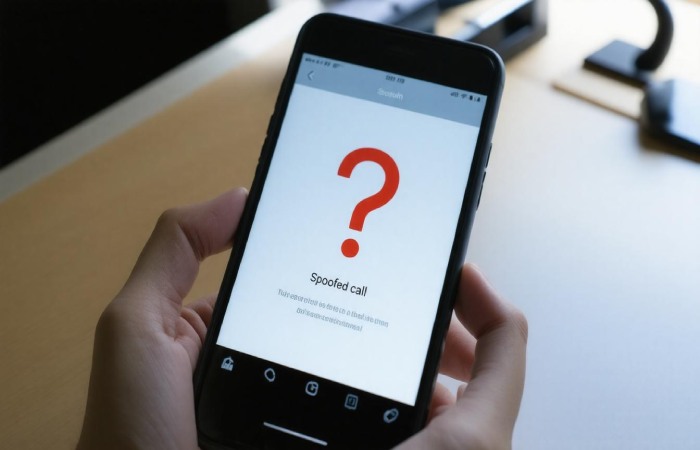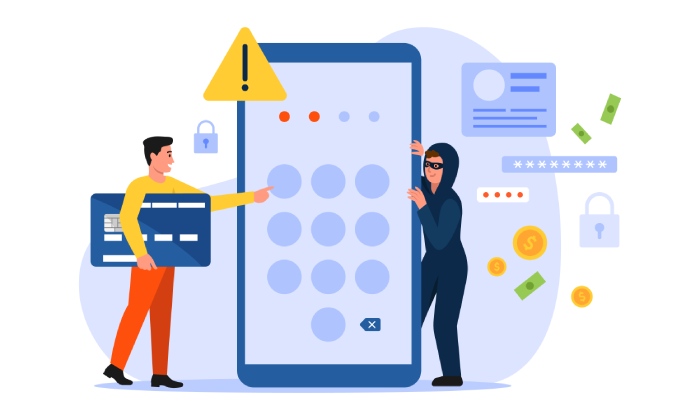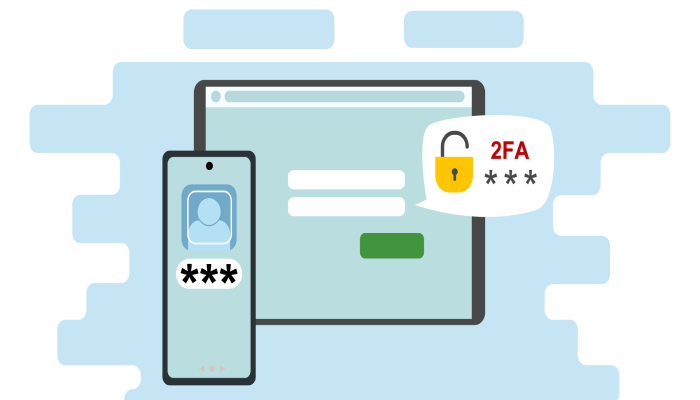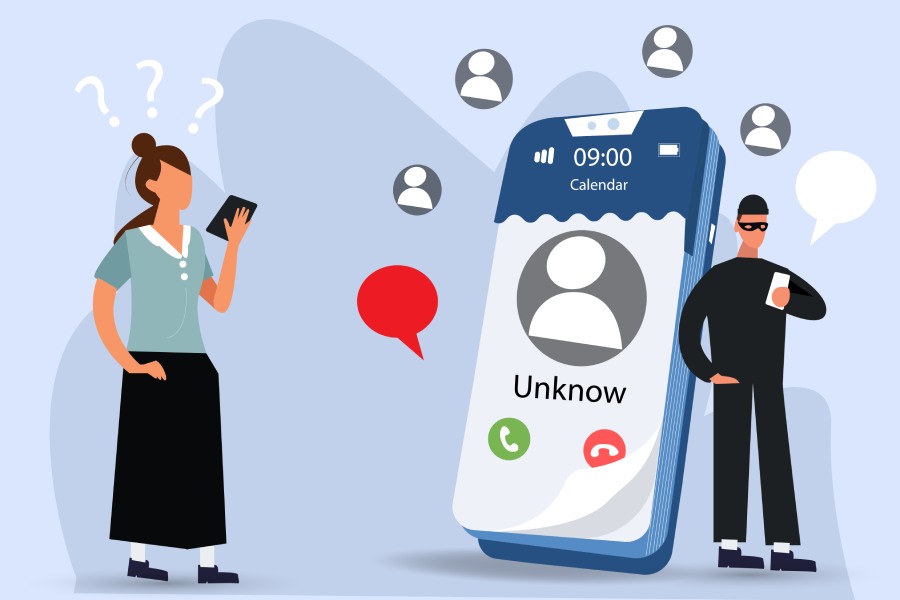What Is Phone Number Spoofing? Understanding Techniques and Risks
In an age where our phones buzz with endless notifications, the last thing we want is to be misled by strange numbers popping up on our caller ID. Phone number spoofing is a significant issue that can leave anyone feeling uneasy about who’s really calling. It’s not just a pesky annoyance; it has serious implications for our privacy and security.
You’ve likely encountered calls that appear to come from your bank or a beloved local business, only to discover they were designed to deceive you. Understanding how this works is crucial for protecting yourself from potential scams and frauds lurking in your ringtone. Let’s dive into what phone number spoofing really means and why it matters so much in today’s digital landscape.
Phone number spoofing is a technique used by callers to falsify the information transmitted to your caller ID, allowing them to disguise their true identity. This practice makes it challenging for recipients to verify the legitimacy of incoming calls, which can lead to increased risks of scams and fraudulent activities.
What is Phone Number Spoofing?
Phone number spoofing is a deceptive practice that involves altering the information displayed on a recipient’s caller ID. This allows a caller to mask their identity and appear as someone else—often a local business or a trusted acquaintance—when dialing out. The intended effect? To trick the recipient into answering the call, assuming it’s someone familiar or reputable.
You may have noticed this phenomenon while sifting through numerous unsolicited calls; it adds an unsettling layer of confusion and concern to our day-to-day communications. Scammers frequently exploit this technique to enhance the probability that their calls will be answered, increasing their chances of extracting personal information from unsuspecting victims or persuading them to part with their hard-earned money.
In fact, according to the Federal Communications Commission (FCC), there were over 4.7 billion robocalls reported in 2023 alone, with a startling portion involving these spoofed numbers. This highlights not only the prevalence of spoofing but also the significant impact it has on individuals across the country.
The technology behind spoofing often relies on Voice over Internet Protocol (VoIP) systems, which make it simpler for users to manipulate caller ID details without much effort. This very accessibility raises alarms because it means almost anyone can disguise their true identity, making legitimate calls harder to discern from fraudulent ones.

With scams evolving rapidly, understanding phone number spoofing can empower you to recognize when you’re being targeted, thereby allowing you to protect your personal information effectively.
There are some legitimate uses of spoofing as well; for instance, healthcare professionals sometimes choose to hide their personal contact details when reaching out to patients. However, it’s essential we differentiate between those genuine scenarios and malicious attempts that could lead to severe consequences such as identity theft or financial fraud.
Exploring these nuances not only deepens our comprehension of the technique but also prepares us to navigate its complexities in our everyday lives moving forward. Let’s shift gears and take a closer look at the mechanisms that enable this practice.
How Does Phone Number Spoofing Work?
At its core, phone number spoofing operates by altering the caller ID information transmitted during a call. This manipulation allows the caller to disguise their true identity, making it appear as if they’re calling from a legitimate or familiar number. The technology behind this technique often employs Voice over Internet Protocol (VoIP), which is a method used to transmit voice communications over the internet rather than traditional telephone lines.
So, how is this done? Scammers leverage various software programs or hardware devices that enable them to input any number they wish to display as their caller ID. Imagine a caller using a smartphone app that offers spoofing services; they could easily select a local area code—like your own—to increase the chances of you picking up the call. This psychological trick, known as neighbor spoofing, capitalizes on trust; after all, who doesn’t instinctively feel more inclined to answer a call from a local number?
Caller ID Manipulation
Here’s a simplified outline of how spoofing typically occurs in practice:
- Initiate Call: The scammer initiates a call using an app or service designed for spoofing.
- Input Number: They can easily input the number they want the recipient to see, whether that’s their own number or, more commonly, a local one.
- Call Connection: The call is then routed through the chosen spoofing service, which modifies the original caller ID information before it reaches the recipient’s device.
- Display: As a result, when the recipient looks at their phone, they’ll see the modified number instead of the scammer’s real number.
While the methods of employing spoofing are quite straightforward, understanding what drives individuals or groups to resort to these deceptive practices unveils both motivations and potential consequences that are critical for awareness and prevention. Let’s explore these aspects further.
Common Uses and Motivations
Different actors employ phone number spoofing for reasons that can range from completely legitimate to outright malicious. On one end of the spectrum, we have legitimate uses, where individuals and businesses deliberately disguise their numbers to protect privacy or maintain consistency in communications.

For example, medical professionals frequently choose to spoof their office numbers when contacting patients. This not only prevents personal numbers from being exposed but also creates an illusion of professionalism when reaching out. Customer service centers too lean on this tactic to ensure that the main hotline number appears when they dial out, reinforcing brand recognition and facilitating easy connections for consumers.
However, the narrative shifts dramatically when we turn our attention to malicious uses of spoofing. Here, scammers employ similar tactics with much darker intentions: extracting sensitive personal information or finances from unsuspecting victims.
One common strategy is impersonating reputable institutions like banks or government agencies, instilling fear and urgency in the recipients of these calls, which boosts compliance with their demands. For instance, a surge in IRS-related scam calls was documented in 2024 with a staggering 32% increase; many of these calls involved spoofed numbers that made them appear authentic.
So, what makes spoofing especially potent for these illicit operations? The answer lies in its ability to exploit the trust people place in familiar or authoritative numbers. When your phone buzzes with a call from what seems like your bank, it’s human nature to engage rather than dismiss it outright. This inherent trust is precisely what scammers capitalize on.
Regular spoofing incidents underscore how critical it is for individuals to remain vigilant and educated about this deceptive technique. Understanding both the benign and harmful uses gives us valuable insights into how we can safeguard ourselves against being exploited while also recognizing situations where spoofing is employed for appropriate purposes.

With the ever-growing technological landscape, remaining informed isn’t just beneficial; it’s necessary for maintaining our security in a world filled with sophisticated risks.
As we continue to explore this complex landscape, it’s essential to highlight the potential pitfalls and dangers that arise from such deceptive practices and how regulations aim to protect consumers.
Risks Associated with Spoofing
The dangers of phone number spoofing are vast and can ripple through various facets of our lives. One of the most alarming aspects is the financial risk it presents. Scammers will craft elaborate stories or scenarios to coax sensitive information out of unsuspecting victims, opening doors to unauthorized bank transactions or even full-blown identity theft. This isn’t just a minor inconvenience; according to reports from the Federal Trade Commission, the United States experienced staggering losses amounting to approximately $1.5 billion from phone scams in 2023 alone.
However, the financial consequences aren’t the only aspect of spoofing that deserves attention. The emotional and psychological impact can be equally troubling. Receiving a call from what appears to be a trusted institution, only to discover it’s a scam, can induce profound feelings of helplessness and anxiety. Consider the story of an individual from Ohio who was duped by someone pretending to be their bank: “I received a call from what I believed to be my bank; they were very convincing,” they recounted, highlighting their vulnerability before losing $5,000. This emotional toll can linger long after any monetary recovery efforts begin.
Long-Term Consequences
Beyond immediate consequences, there are long-term implications associated with falling victim to these scams. Trust in communication systems, services, and even friends may be eroded as victims become increasingly wary of answering calls or sharing personal information.
The very act of answering a phone call can trigger anxiety—a subtle but damaging shift in how people interact with their phones and, by extension, with each other.

Clearly, safeguarding oneself against such threats starts with awareness and understanding the various precautions that can help limit exposure to spoofing incidents.
Additional Precautions
To mitigate these risks effectively, individuals should consider implementing multiple layers of security. One effective practice involves utilizing voicemail passwords, which act as an extra barrier against unauthorized access if your number gets spoofed. Additionally, always scrutinizing unknown numbers rather than hastily picking up or returning calls is critical advice for anyone who wishes to stay ahead of scammers.
Protective Measures
There are several effective ways to safeguard against phone number spoofing. One of the most efficient techniques is through technology-driven solutions, particularly call-blocking apps. These applications, such as Truecaller and Hiya, can filter out the unwanted noise of suspected scam calls. Each application utilizes a unique algorithm that learns and adapts based on user reports. The more users report spam or suspicious activity, the better these apps become at identifying unwanted calls. Imagine being able to confidently answer your phone, knowing that all the numbers coming through are verified and trustworthy. This peace of mind can be invaluable in a world rife with deception.
| App | Features | Average Rating |
| Truecaller | Caller ID, spam blocking | 4.5 |
| Hiya | Fraud detection, auto-block | 4.3 |
Beyond tech solutions, another pivotal protective measure is implementing two-factor authentication (2FA) across your sensitive accounts.
Enabling 2FA adds an essential additional layer of security for your online banking, email, and other significant accounts. Even if a scammer manages to trick you into sharing your phone number or gains access through spoofing methods, two-factor authentication ensures they can’t easily hijack your accounts without obtaining a second verification method—like a code sent to your personal device. It’s similar to having an extra lock on your door: even if someone finds one way to get in, they’ll still need that unique key to unlock the final barrier.

Additionally, proactive habits play a critical role in your defense strategy. A straightforward yet effective tactic is consistently confirming unsolicited inquiries directly with individuals or companies before engaging further. If you receive a suspicious message claiming to be from your bank asking to reset your password, don’t click any links; instead, navigate directly to their official website or call them using a trusted number. Similarly, educate yourself about common signs of spoofing attempts—such as known contacts sending messages that seem out of character or contain grammatical errors—which can alert you to potential phishing scams.
Lastly, never underestimate the power of vigilance and continuous learning when it comes to protecting yourself against identity theft and financial fraud resulting from spoofing techniques. Understanding the existing regulations and protections available will further enhance your ability to stay safe from these deceptive tactics.
Legal Ramifications and Regulations
Many countries, including the United States, have enacted strict laws aimed at combatting phone number spoofing due to its potential to defraud individuals and undermine trust in telecommunications. One landmark piece of legislation is the Truth in Caller ID Act of 2009, which explicitly prohibits individuals from spoofing caller IDs with the intent to defraud, cause harm, or unlawfully obtain anything of value. This Act reflects lawmakers’ recognition of the damaging effects that deceptive practices can have on consumers.
Violators of this Act can face hefty fines—up to $10,000 per violation. In a notable case from 2023, the Federal Communications Commission (FCC) imposed a staggering $225 million fine on a telemarketer for multiple violations involving spoofing. This underscores the regulatory landscape’s commitment to protecting consumers from fraudulent activities.
Enforcement Challenges
However, combating spoofed calls remains a daunting task for law enforcement due to several factors. The primary challenge lies in the ease with which scammers can manipulate caller ID information; they often use affordable software and techniques that render traditional tracking methods ineffective.
Additionally, many scam operations operate globally, complicating jurisdictional authority and making enforcement efforts even more complex.
This situation creates a paradox: while authorities strive to impose penalties and regulate dishonest practices, it becomes increasingly difficult to trace these calls back to their source.

Therefore, being proactive and well-informed is essential. Consumers should educate themselves about caller ID spoofing and remain vigilant when receiving calls from unknown numbers. Recognizing red flags—like unsolicited requests for personal information—can significantly decrease the likelihood of falling victim to such scams.Implementing SPF, DKIM, and DMARC protocols adds a vital layer of email authentication that helps prevent scammers from spoofing trusted phone numbers via phishing emails.
Implementing SPF, DKIM, and DMARC protocols adds a vital layer of email authentication that helps prevent scammers from spoofing trusted phone numbers via phishing email
While regulations are crucial in combating this issue, personal awareness plays an equally vital role in ensuring one’s safety against phone number spoofing threats.
Now that we understand the legal frameworks and challenges associated with phone number spoofing, let’s explore how technology is evolving to further protect consumers against these scams.
In summary, understanding the legal ramifications and risks of phone number spoofing empowers consumers to better navigate potential threats in today’s digital landscape.







